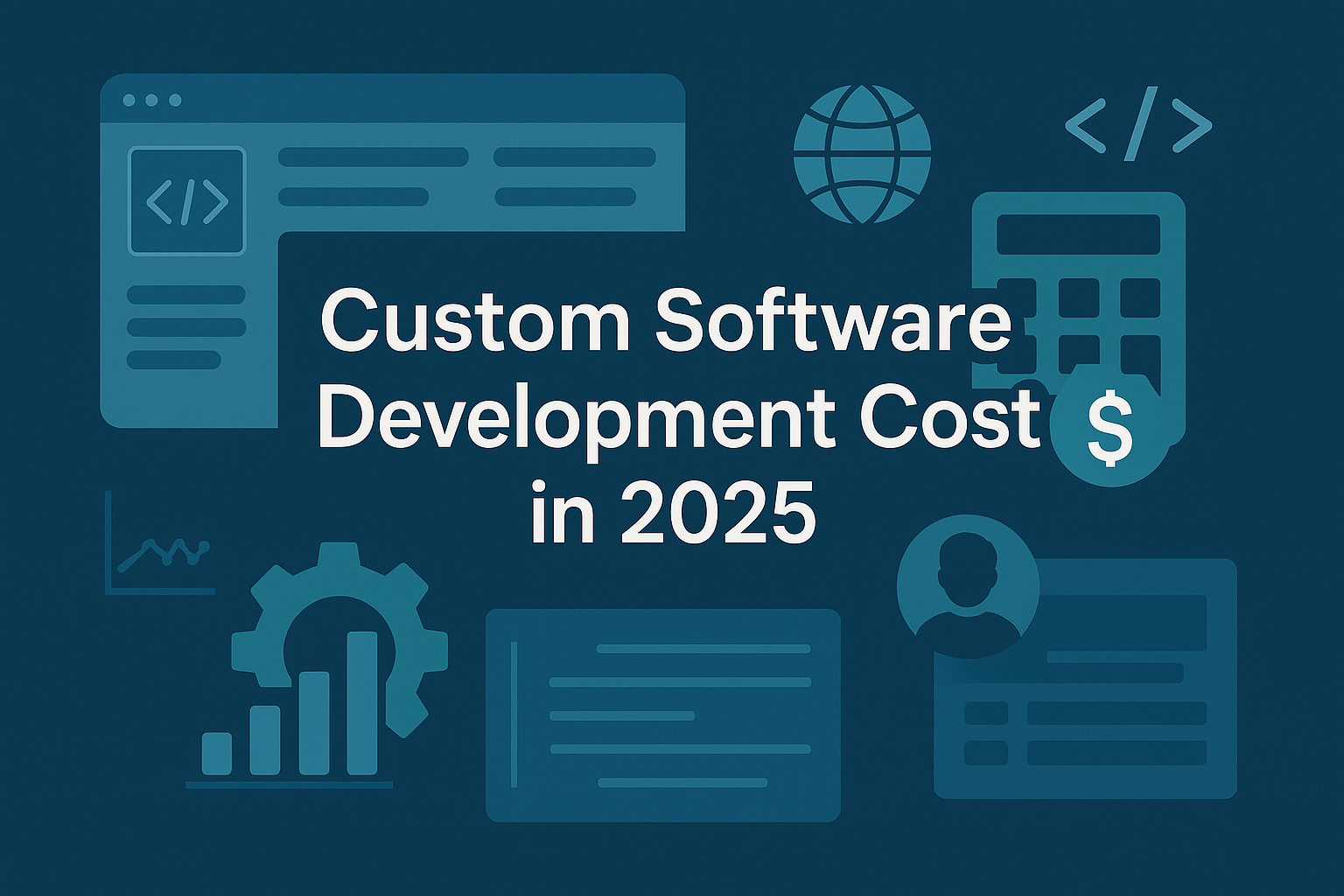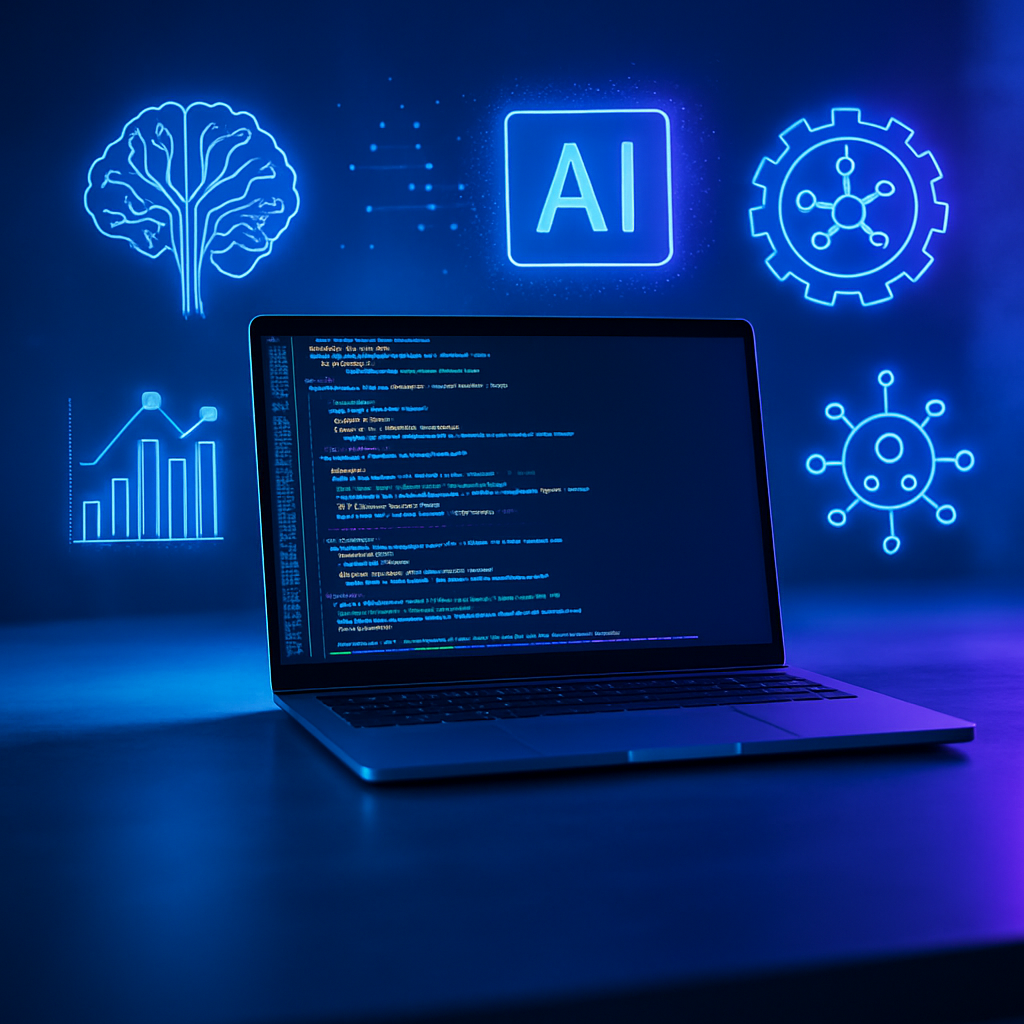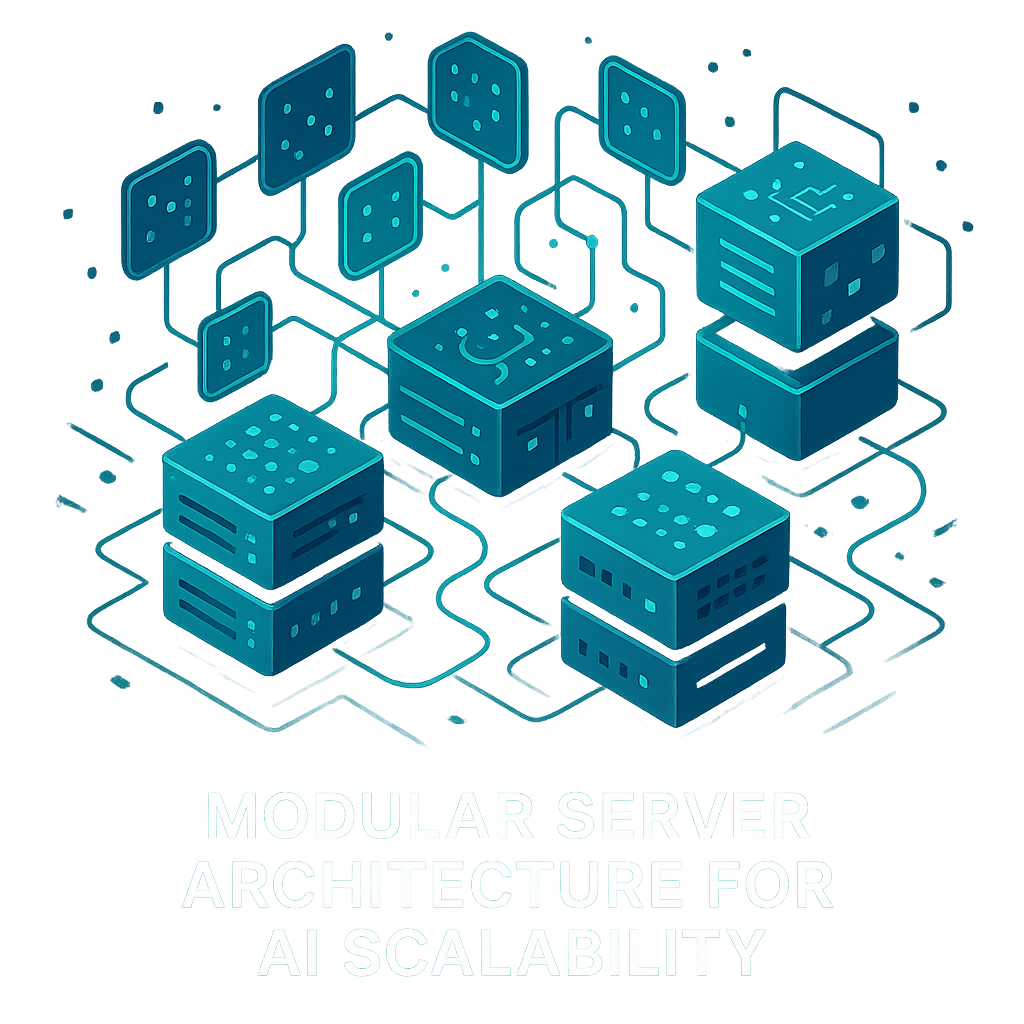Stop Guessing: The Real Custom Software Development Cost in 2025 (And How to Calculate It)

Introduction
You are thinking of a killer app- a custom software program. It might help you to make your operations more efficient, open new opportunities for revenue, or change the whole industry. It can only be one gigantic question in front of you: What will this cost?
This is paralysing uncertainty. It is not possible to make a realistic budget, you cannot speak to the investors with reasonable confidence, and your masterful idea stays on the drawing board. The fear is understandable, as what happens when you select a developer who sets his fees too cheap and you end up being charged some hefty hidden costs? Or better still, what happens when you commit the budget and before half the project is ended, you are without resources? This economic haze is the leading cause of the death of custom software projects even before they go offline.
But what if you could replace that uncertainty with data-backed confidence? What if you could understand every factor that goes into a quote and build a realistic budget for 2025? This guide is your map through the financial fog.
The Quick Answer: Your 2025 Cheat Sheet
Let’s get straight to the point. We've analyzed market rates, project scopes, and global talent pools to give you the most critical information upfront. This is what you need to know about custom software development costs in 2025.
Key Takeaways: 2025 Cost Snapshot
- Average Project Costs: Simple projects start around $5,000, medium-sized apps range from $50,000 – $200,000, and complex enterprise systems will exceed $200,000.
- Average Hourly Rates: Rates vary dramatically by location, from $25/hour in South Asia to $180/hour or more in the USA.
- Biggest Cost Drivers: The final price tag hinges on three things: 1) Project Complexity, 2) Team Location, and 3) Tech Stack.
- Smart Outsourcing: Eastern Europe ($40 – $70/hr) offers the best balance of elite talent and affordable pricing in 2025.
Now, let's break down how these numbers apply to your specific project.
Step 1: Define Your Project's Scale
The most significant factor in your budget is the sheer size and scope of your vision. Is it a speedboat or an aircraft carrier?
The type of software also matters. Building two separate native mobile apps for iOS and Android will cost more than a single cross-platform app. A complex SaaS platform with multi-tenancy and billing systems will be more expensive than a standard web application.
Also Read: Why Startups Should Build MVP First
Step 2: Choose Your Team's Location (The Biggest Budget Lever)
Where your developers are located will have a massive impact on your total spend. Hiring a team in San Francisco has a very different price tag than hiring an equally skilled team in Poland.

Feeling Overwhelmed? Let Us Do the Math.
These numbers can be a lot to juggle. To make it easier, we've built an interactive Custom Software Budget Calculator.
Answer a few simple questions about your project, and get a personalized, data-driven cost estimate in under 60 seconds.
[Get Free Budget Estimate Now]
Step 3: Understand What You're Paying For
When you receive a quote, you're not just paying for lines of code. You're investing in a combination of expertise and services. Here are the key factors affecting software development cost:
- Complexity & Features: Such an easy log-in system is simple. Introducing a recommendation engine propelled by AI is not. The greater your features (API integrations, IoT connections, blockchain), the more expensive it will become.
- Design (UI/UX): It is not an afterthought that makes the design beautiful and intuitive; it makes it important in the user adoption. The simplest template will cost less, yet a user-tested design with custom design and animation needs special UI/UX specialists and will raise the budget.
- Team Composition: Your team does not consist of developers only. An agency has an all-around team consisting of Project Manager (to keep it on track), QA Engineers (who assure quality) and UI/UX Designers, and all this is baked in the cost.
- Compliance & Security: Alternatively, in case you deal with sensitive data, you will need to adhere to such regulations as GDPR or HIPAA. The construction of such software with such stringent requirements, in terms of security, is a complex and non-negotiable cost.
See How the Costs Add Up in the Real World
Let's look at what's possible at different budget levels.
Case Study 1: The Lean SaaS MVP
- Goal: Launch a simple project management tool for small agencies.
- Scope: Core features only—user login, task creation, and a basic project board.
- Team: An outsourced agency from Eastern Europe.
- Final Cost: $15,000
- Why it Worked: By focusing strictly on an MVP and choosing a cost-effective region, the client was able to launch quickly and validate their idea without a huge initial investment.
Case Study 2: The Complex Enterprise Module
- Goal: Build a custom AI-powered sales forecasting module for an existing CRM.
- Scope: Involved complex data migration, a machine learning model, and advanced security protocols.
- Team: A specialized nearshore agency in Canada.
- Final Cost: $120,000
- Why it Worked: The budget accounted for the specialized data science and security expertise required. The investment resulted in a tool that provided a massive competitive advantage and a clear ROI.
Step 4: Avoid the Hidden Traps and Budget Sinks
Your budget doesn't end when the software launches. Beware of these common hidden costs:
- Maintenance: Budget 15-20% of your initial development cost annually for updates, patches, and support.
- Hosting: Your app needs to run on servers like AWS or Azure. This can cost anywhere from $50 to thousands per month.
- Scope Creep: Adding "just one more feature" repeatedly is the fastest way to blow your budget. Stick to your plan.
- Third-Party Licenses: Using paid APIs or software licenses can add recurring fees to your operational costs.
The best way to avoid these surprises? Invest in a paid discovery phase. A small upfront investment for an agency to map out your entire project in detail will save you thousands in the long run by eliminating guesswork.
Conclusion
Uncertainty in your money is no longer one thing you must allow to keep your project at ransom. Now you have the industry statistics and strategy model to estimate your bespoke software without fear, select a development partner, and get through the process without any expensive surprise. You are now at the stage of going: "idea to in-progress."
Are you ready to make the very first step to have a possibly correct quote?
The major change I would make is a very comprehensive Request for Proposal (RFP) to ensure that the quotes received are straight forward and similar. We have devised a very detailed template telling you what you should include.
[Download Your Free RFP Template Now]
Alternatively, if you'd prefer to discuss your project with an expert, schedule a complimentary, no-obligation consultation with our team. We’ll help you define your scope and give you a precise quote for your vision.
Frequently Asked Questions
1. Is SAP a custom software?
No, SAP is a commercial off-the-shelf (COTS) enterprise software, but it can be customized to suit business needs.
2. How much does it cost to build a custom software?
Custom software development typically costs between $10,000 to $250,000+, depending on features, complexity, and location of the development team.
3. How much does it cost to have a custom app built?
Building a custom app can cost anywhere from $5,000 to over $100,000, based on design, functionality, and platform (iOS, Android, or both).
4. How much does custom ERP software cost?
Custom ERP software usually ranges from $30,000 to $500,000 or more, depending on modules, integrations, and user base.
5. How much to build software in Canada?
In Canada, software development costs typically range from CAD 50 to 200 per hour, translating to total project costs of CAD 20,000 to CAD 300,000+.
6. How much should I charge to build a custom PC?
The charge for building a custom PC can vary, but builders usually charge $50–$200 for labor, excluding the cost of components.
7. How long does it take to build custom software?
Custom software can take 3 to 12 months to develop, depending on project scope, features, and team size.

%201.png)


.svg)




.svg)
